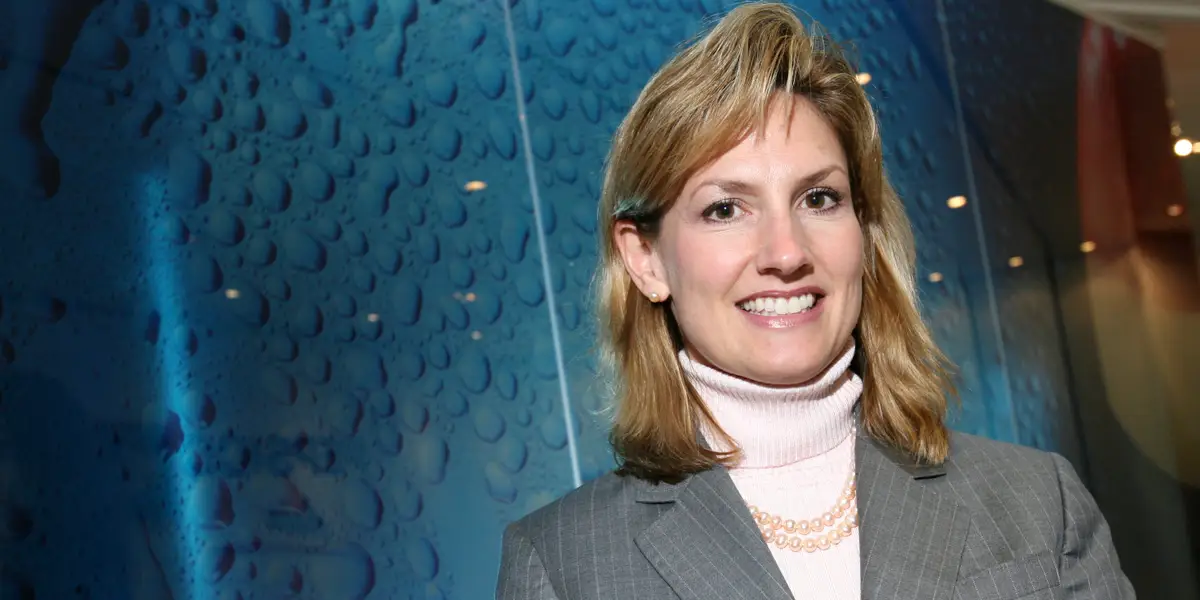Apple’s Leadership Shakeup: What Carol Surface’s Departure Means for the Company
Apple has long been known for its strong executive leadership, a driving force behind its continued success in the technology industry. However, Apple executive departures have become more frequent, raising concerns about the company’s leadership stability. One such notable departure is that of Carol Surface, Apple’s Chief People Officer (CPO), who left the company after less than two years in the role. This change marks a significant shift within Tim Cook’s leadership team and poses critical questions about the future of Apple’s HR leadership and talent development strategy.
In this blog, we’ll explore Carol Surface’s departure, the broader impact on Apple’s executive team, and the future of Apple HR leadership. We’ll also analyze how the company might navigate these changes and what this could mean for its long-term success.
Who is Carol Surface, and Why Did She Leave Apple?
Carol Surface, a highly experienced HR professional, joined Apple in 2023 after nearly a decade as the Chief Human Resources Officer (CHRO) at Medtronic, a global medical device company
Surface brought with her a wealth of experience, having worked in HR leadership roles at companies like Best Buy and PepsiCo. Her responsibilities at Apple included overseeing the company’s talent development strategies, fostering a more inclusive workplace, and leading Apple’s response to the growing demand for remote work and flexible work arrangements
However, despite her impressive background, Carol Surface’s departure after less than two years raises questions. The reasons for her exit remain unclear, though some industry analysts suggest that the high-pressure environment at Apple may have contributed to the decision. While Apple has not officially commented on the details surrounding her exit, it has left a significant gap in Apple HR leadership, especially as the company continues to focus on maintaining its workforce in a highly competitive tech landscape.
What Does Carol Surface’s Departure Mean for Apple’s Executive Team?
Tim Cook’s executive team has traditionally been known for stability, with long-serving executives like Eddy Cue and Craig Federighi playing critical roles in the company’s success. However, the growing trend of Apple executive departures has been noticeable in recent years. The loss of Carol Surface, along with other senior leaders, may signal a broader shift in how Apple manages its internal operations, particularly around HR and talent management
As Apple continues to evolve, the role of its executive team in shaping the company’s future is crucial. The departure of key HR figures like Carol Surface could disrupt internal talent strategies, especially given the current competitive market for tech talent. With companies increasingly fighting for top talent, ensuring continuity in HR leadership is essential for Apple to retain its competitive edge.
Key Challenges for Apple’s Executive Team After Surface’s Departure:
- Filling the HR leadership gap: Apple will need to find a suitable replacement who can align with the company’s culture and talent management goals.
- Maintaining talent retention: As more executives depart, Apple may face challenges in keeping top talent engaged and committed to the company.
- Navigating the changing workplace: Apple’s leadership team must address the evolving needs of a workforce that demands flexibility, diversity, and innovation
The Impact of HR Leadership on Talent Development
One of the most critical aspects of Carol Surface’s role was overseeing Apple’s talent development programs. Under her leadership, the Apple People team focused on ensuring that the company continued to attract and retain top talent in a highly competitive market. This involved initiatives like Apple University, which trains the next generation of leaders, and employee engagement strategies that keep teams motivated and aligned with Apple’s long-term goals
With Surface’s departure, there are concerns about how Apple will continue to prioritize talent development. The tech industry is facing a talent crunch, and companies like Apple need to invest heavily in developing and retaining their workforce. Surface’s influence on Apple’s employee engagement and inclusion strategies was crucial for maintaining the company’s reputation as an employer of choice. Her exit may disrupt these efforts, leaving a leadership gap in managing the company’s talent strategy.
How Apple’s People Team Influences Talent Development:
- Employee training: Programs like Apple University help to foster internal leadership and develop employees for higher roles within the company.
- Inclusion and diversity: HR leadership plays a vital role in ensuring that Apple remains committed to diversity, equity, and inclusion across its workforce.
- Employee engagement: Maintaining high levels of engagement is key to talent retention and motivation, and this was a central part of Surface’s role
Why Executive Turnover is Increasing at Apple
While Carol Surface’s departure is significant, it is part of a larger pattern of Apple executive turnover in recent years. Other notable executives, such as Jony Ive, have also left the company, leading to speculation about Apple’s ability to retain key leaders. Industry insiders suggest that the intense work environment at Apple, coupled with the pressure to constantly innovate, may be contributing to these departures.
High-level leadership changes can have a cascading effect within the company, influencing decision-making processes, innovation strategies, and even investor confidence. As more Apple executive team members depart, Apple must address how it can retain its top talent and ensure continuity in leadership. Maintaining a strong Apple senior leadership team is critical for driving the company’s future success, especially as it continues to compete against rivals like Google, Microsoft, and Amazon
Key Factors Behind Apple Executive Turnover:
- Workplace pressure: The intense environment at Apple may be a contributing factor to the increasing turnover in its executive team.
- Leadership transitions: New leadership styles and expectations can lead to friction, resulting in more executive exits.
- Changing priorities: As Apple evolves, some executives may find that their career goals no longer align with the company’s direction
.
What’s Next for Apple HR Leadership?
With Carol Surface’s departure, Apple faces the challenge of finding a new leader who can continue to drive the company’s HR strategy forward. This person will need to align with Apple’s culture while also being capable of adapting to the rapidly changing workplace landscape. Whether Apple will look internally for a replacement or bring in an external candidate remains to be seen.
As the company continues to expand globally, maintaining strong HR leadership will be vital to ensuring that Apple remains an attractive employer. The next Apple HR executive will need to prioritize talent retention, diversity and inclusion, and employee engagement. Additionally, Apple’s response to the evolving demand for hybrid and remote work will be another area that requires attention from its HR leadership team
What Carol Surface’s Departure Means for Apple’s Future
The departure of Carol Surface from Apple’s Chief People Officer role is a significant development, particularly given the broader context of Apple executive turnover. While Apple has a strong track record of managing leadership transitions, the loss of key executives like Surface can impact the company’s talent management strategies, employee experience, and overall culture. As Tim Cook’s leadership team adapts to these changes, the next few months will be critical in determining how Apple navigates its HR leadership gap and continues to foster its talent development goals.
For Apple, maintaining strong leadership is essential to driving innovation and staying competitive. The departure of Carol Surface marks a turning point for Apple’s HR leadership, and the company’s next moves will determine its ability to attract and retain top talent in the future.For more insights into leadership changes, talent management, and corporate strategy, explore Regent Studies.




